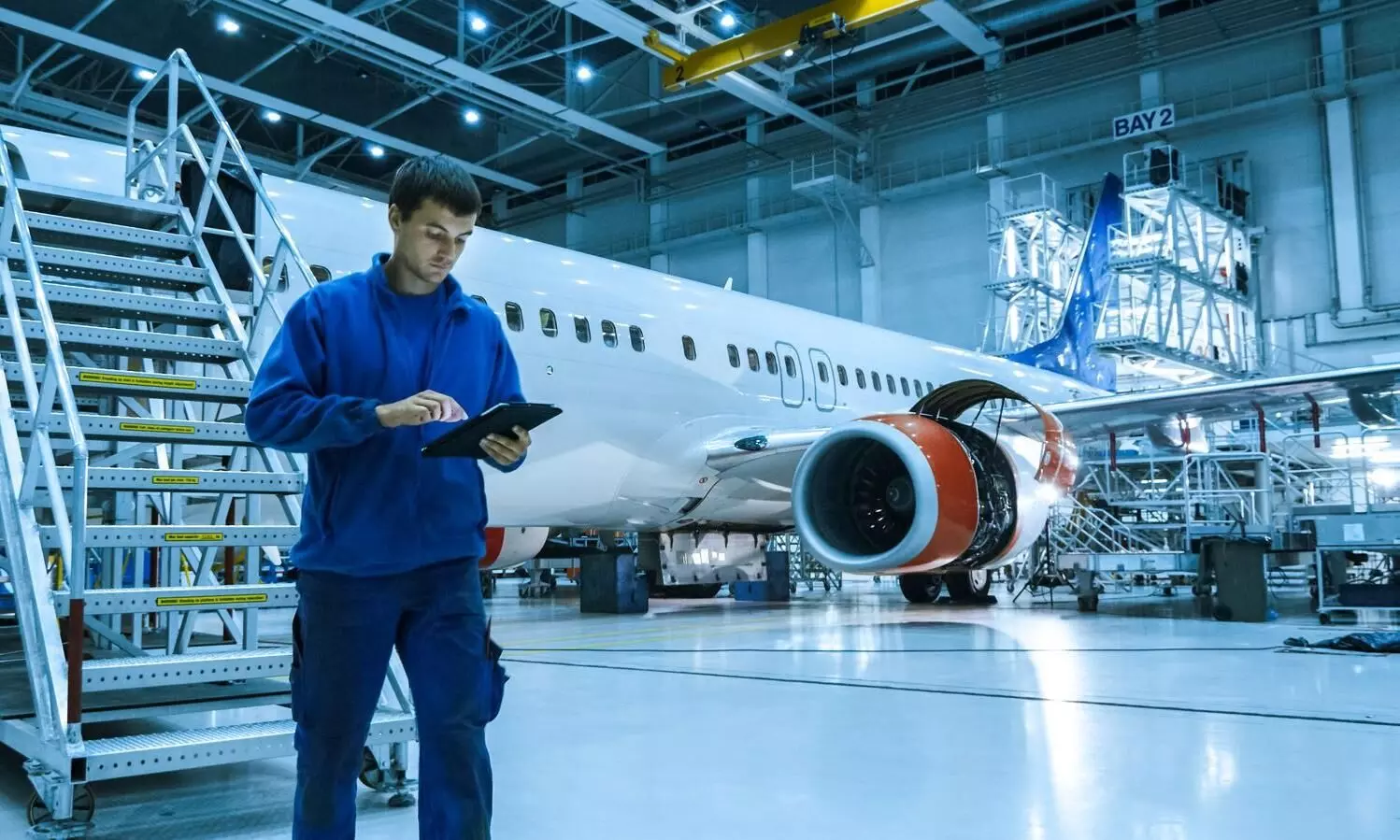
Downturn in skilled workers has hit aviation industry for many years: Artemis Aerospace
Artemis Aerospace' Jim Scott provides his views on how the industry can build momentum in highlighting careers in the sector

Earlier this year there was much furore when airlines were forced to cancel numerous flights due to a shortage of staff. While the shortage was for the most part due to staff illness, much of the blame was laid squarely at the feet of the airline carriers, who were accused of creating packed flight schedules they knew they couldn't fulfil.
However, the staff shortage issue runs far deeper than illness or even the pandemic. It's true that the pandemic was a catalyst for thousands of staff leaving the industry and, consequently, many have made a conscious decision never to return, citing job insecurity as a prominent reason for this decision. In reality, the aviation industry has been experiencing a downturn in skilled workers across all job roles for many years.
Research carried out by GOOSE Recruitment, in partnership with FlightGlobal, revealed that in 2019, a strong global demand for aviation services meant that many regions, including China, South America and North America, were experiencing an acute skills shortage in the supply of experienced flight crew, and that this had been the case for almost two decades. It also revealed that, despite the impact of the pandemic, 43% of pilots surveyed believed there would not be enough experienced pilots to meet demand in five years' time.
The problem isn't isolated to pilots or flight crew. Research carried out in 2017 by Oliver Wyman's MRO (Maintenance, Repair and Operations) survey showed that there was an urgent shortage of skilled technicians in the aviation industry, and that demand far outweighed the number of workers needed to keep up with requirements.
At that time, the Oliver Wyman MRO survey also stated that 42% of industry leaders identified a labour shortage in the maintenance technician field as the most urgent challenge in the aerospace and aviation sector and that global demand was set to overtake supply by 2027. They identified two key reasons for this: a lack of interest in aviation from younger talent pools and an ageing workforce creating a gap that wasn't being filled.
It's clear there needs to be greater collaboration across the whole industry to reach out to younger people in more targeted, creative and compelling ways that will inspire them to seek out a career in aviation. Disadvantaged and minority groups are also incredibly valuable sources of talent.
Community outreach programmes, visiting and speaking in schools, sign-up incentives, open houses and workshops are all ways that the aviation sector can improve its ability and opportunity to attract new talent.
There are numerous recruitment options for young starters in the industry and communicating these is key. While traditionally many young people might only consider becoming a pilot or taking up a role as flight crew, other less prominent opportunities, such as technician and air traffic controller positions, need to be highlighted to young adults much more extensively.
One way this is being achieved in the UK is through increasing the recruitment of apprentices and graduates into the UK workforce. Airbus, along with other major companies, including Atkins, MBDA and Babcock, have committed to QinetiQ's 'The 5% Club', which pledges to have 5% of their overall UK headcount on a formalised apprentice, sponsored student and/or graduate programme.
In 2021, two new apprenticeship standards were approved for aviation: aviation customer service operative and ground handler. These provide direct entry into the sector and vital operational knowledge to aid future progression.
In the US, Tulsa Tech, which offers a programme of aviation-related workforce training and development courses and classes, has used a strategy of community outreach programmes to reach students in primary and secondary schools with the aim of piquing their interest at a young age. As well as school visits, Tulsa Tech regularly holds open houses at their facilities, hosting various meetings and events to raise awareness of the courses they have on offer for aspiring students.
Tapping into the power of social media has been critical for reaching out to women, minority groups and those from disadvantaged backgrounds. The action group, Women in Aviation International, is actively harnessing social media to reach out to young girls while highlighting the wide range of opportunities on offer and encouraging them to seek roles without limitations.
One example is Kenya's Irene Koki Mutungi, Africa's first female captain of the Boeing 787 Dreamliner, who uses her personal Twitter account to tell the world about women in the industry.
Whoever and wherever someone is in the world, attracting fresh talent takes time, effort and consistent communication across all levels is key. It's only by being its own best advocate that the aviation industry can reap the benefits of appealing to the next generation of workers and continue to enjoy successful global growth in a highly rewarding and exciting industry.

